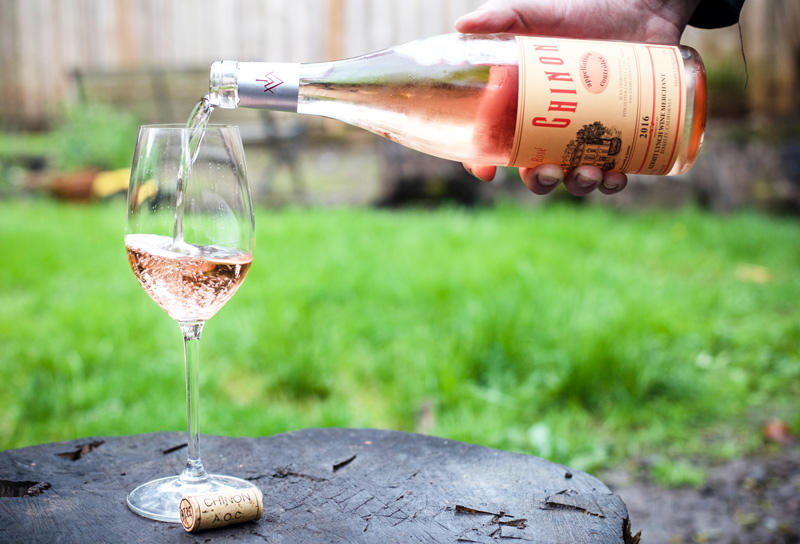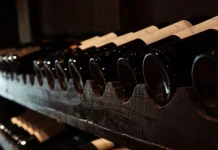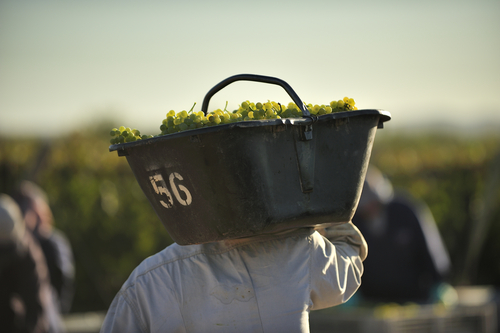If you are looking for a wine to serve as an aperitif with friends, fruity rosé wine can be a perfect choice. The great news is, its price is within everyone’s reach. This pink wine, in fact, is considered as the king’s wine intended to accompany fresh meals.
The story of rosé

It is the oldest of the wines. Provence is the first region where rosé wine production was born. The first vines were planted in the Provence region by the Greeks who founded Marseille. The wine was light in color at the time.
After crushing the grapes, the juice was put into fermentation. The maceration method was carried out in accordance with tradition. Indeed, the grapes had to be separated from the juice during fermentation.
As soon as the Roman Empire flourished, the progress of viticulture crossed all the Gaulle. Later, the church sees itself in full use of clear wine. Its production and marketing are continuously increasing. Clear wine is defined as a healthy and fresh wine at that time.
Why is rosé pink?

The more the must is macerated in contact with the skin, the more intense the color of the wine will be. Therefore, by separating the must from the wine, the coloring is less pronounced. In other words, it is the pigments contained in the skin of the black grapes that make rosé pink.
The 3 types of maceration

The rosé of maceration – Made with black grapes. Maceration must be short, and last between 12 and 32 hours in order to vary the color of the rosé. Then, the aim is to separate the berries from the skin, the pulp, the seeds and the grape juice. During the vatting process, the pigments contained in the grapes impregnate the juice in order to provide a pink color.
The rosé of pressing – Vinification in white or red grapes. It is strongly recommended to press the grapes with the skin, since salmon rosé is the desired color. It is a lighter rosé than the maceration rosé. This vinification consists of pressing the grapes directly after the harvest. After this, the juice is put into vats and fermented afterwards.
The bleeding rosé – Made like the maceration rosé, the bleeding rosé wine is made from red grapes. The maceration of the red grapes during its production does not take long in the vat. After half a day, the juice in the vat turns pink and the vat is then bled. Bleeding the vat means that the must is transferred to a different barrel where the wine will be fermented. The rest of the must will therefore be used to make red wine.
Some varieties used for rosé wine
Several grape varieties are used today to make rosé wines. Cinsault, Syrah, Grenada, Pinot Noir, Gamay, are, among others, the essential grape varieties for the production of rosé wines. We dedicated another article to a very important question about rosé wine: How to choose and drink it well!
Want to learn more about the colour of wines? Check our article on the fifty-shades of wine.
Subscribe to Aveine’s Newsletter and follow us on the social media.








Try sometime Roero producer Deltetto’s Brut Rose Spumante metodo classico made from 50/50+/- Nebbiolo and Pinot Noir. Lovely wine that’s great for all occasions.